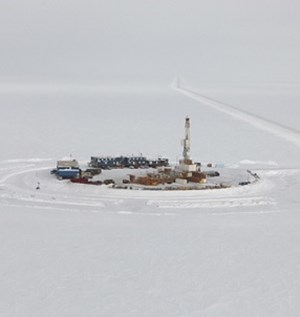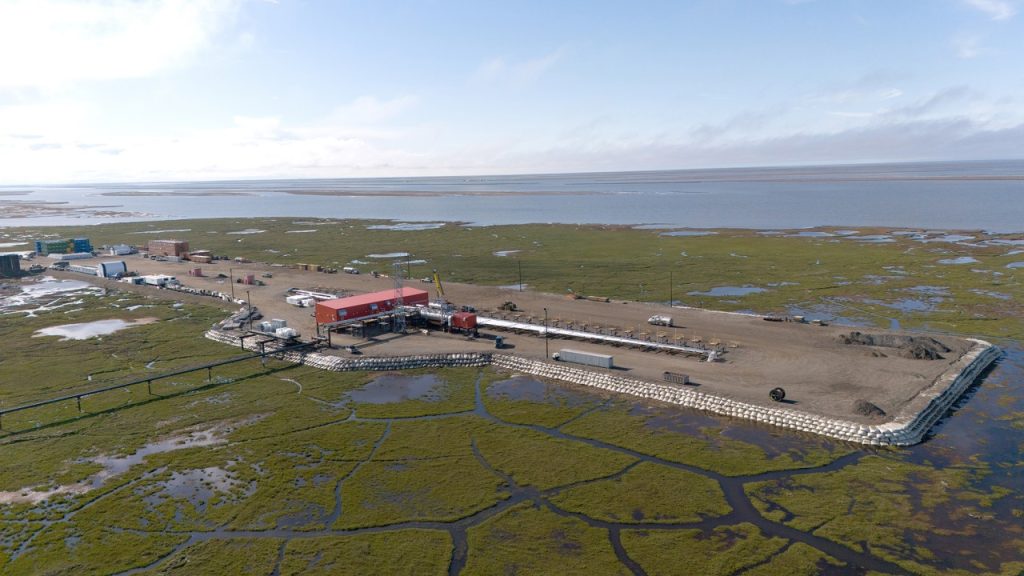
The Pikka Phase 1 project, jointly developed by Santos and Repsol, is expected to add 80,000 bpd by mid-2026,
(WO) – U.S. crude oil production from Alaska is poised to rise sharply next year, driven by major new North Slope developments, according to the U.S. Energy Information Administration’s (EIA) latest Short-Term Energy Outlook.
The agency forecasts Alaska’s output will reach 477,000 bpd in 2026, the highest level since 2018 and a 13% increase over 2025—representing the state’s largest annual growth since the 1980s.
EIA attributes the rebound to two projects:
ConocoPhillips’ Nuna development, which began producing in late 2024 and is expected to peak at 20,000 bpd. The project delivered 7,000 bpd in August 2025, helping offset declines from legacy fields.
Santos and Repsol’s Pikka Phase 1 project, slated to start up in early 2026 and reach peak production of about 80,000 bpd by mid-year. That would account for nearly 20% of Alaska’s total crude output in 2025.
Both developments are ramping quickly and outperform the majority of existing wells on the North Slope. Recent Alaska Oil and Gas Conservation Commission data show new project wells averaging about 480 boed, while roughly 78% of Alaska wells produced below 400 boed in 2023.
EIA said its upward revision reflects strong well test results and an accelerated ramp-up schedule outlined by Santos for Pikka Phase 1.
Pictured above: Facilities at ConocoPhillips’ Nuna project, a key North Slope development that is offsetting legacy declines and boosting Alaska crude output heading into 2026.

